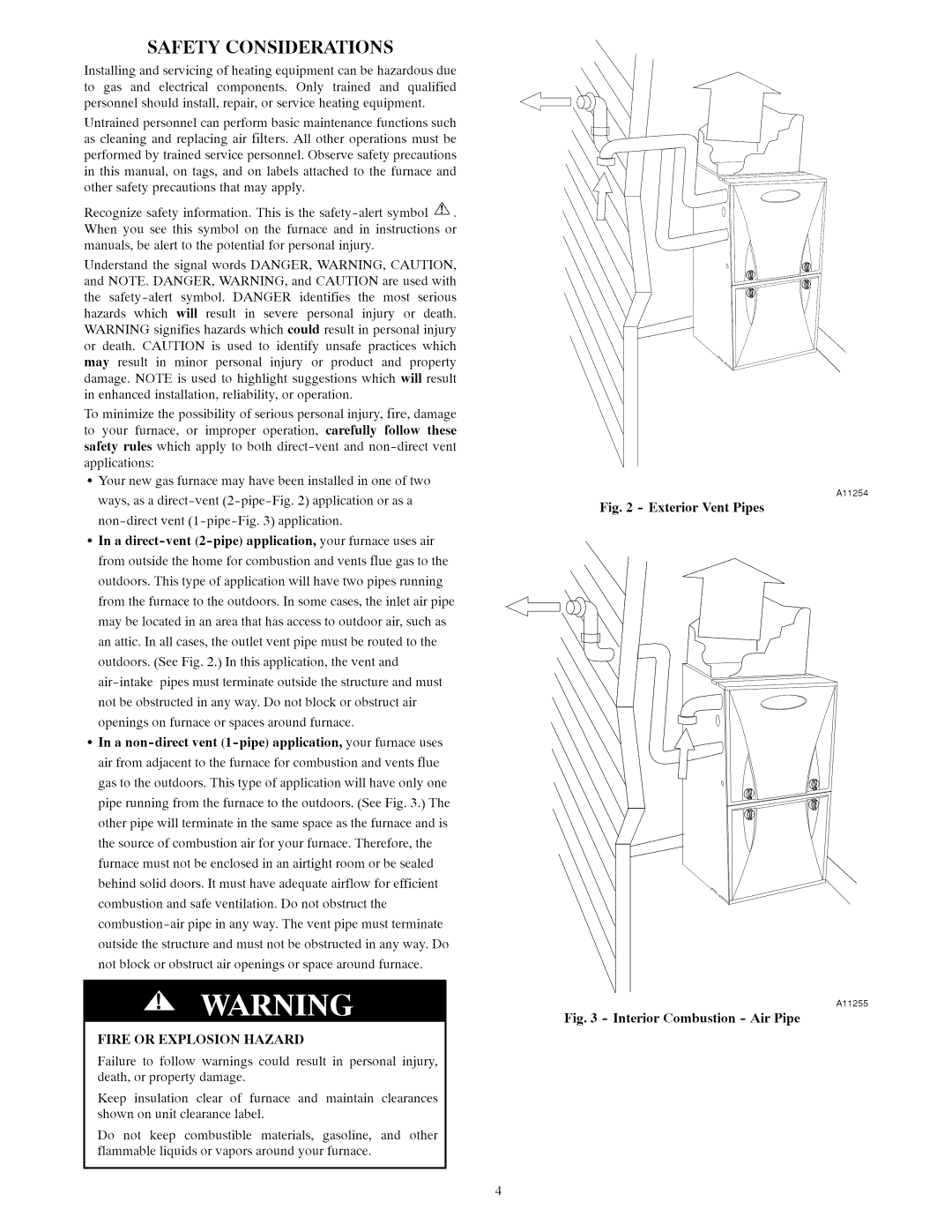Furnace specifications
Carrier has long been synonymous with heating and cooling, and their range of furnaces exemplifies their commitment to innovation, efficiency, and reliability. A Carrier furnace is designed to provide comfortable warmth during the colder months while optimizing energy use, which is crucial in today’s environmentally conscious landscape.One of the standout features of Carrier furnaces is their high-efficiency ratings. Many of their models boast an Annual Fuel Utilization Efficiency (AFUE) of up to 98%, meaning that they convert nearly all the fuel they consume into usable heat. This not only leads to lower energy bills but also reduces carbon emissions, making it an eco-friendly choice.
Carrier employs a range of advanced technologies to enhance performance. One key technology is the Infinity control system, which allows homeowners to monitor and adjust their heating settings remotely through a smartphone app. This system uses predictive algorithms to learn a homeowner's preferences, ensuring optimal comfort and efficiency.
Additionally, some Carrier furnaces utilize modulating technology. Unlike traditional furnaces that can only operate at full or partial capacity, modulating furnaces can adjust their output to match the specific heating demand of a home. This results in more even heating, reduced temperature swings, and greater energy savings.
Carrier also prioritizes quiet operation, with many of their models featuring a sound-dampening design. This ensures that the furnace runs discreetly in the background, minimizing disruptive noises while maintaining consistent comfort.
Durability and longevity are critical characteristics of Carrier furnaces. Each unit is built with high-quality materials and rigorous testing, ensuring that it can withstand the rigors of daily use in various climates. This commitment to quality means that homeowners can expect years of reliable service from their Carrier furnace.
Finally, Carrier emphasizes ease of installation and maintenance. With clear documentation and support from certified technicians, homeowners can rest assured that their furnace will be installed correctly and serviced as needed.
In summary, Carrier furnaces represent a blend of efficiency, innovation, and reliability. With high AFUE ratings, advanced technologies like the Infinity control system, modulating operation, quiet performance, and durable construction, they stand out as a top choice for homeowners seeking optimal heating solutions.

